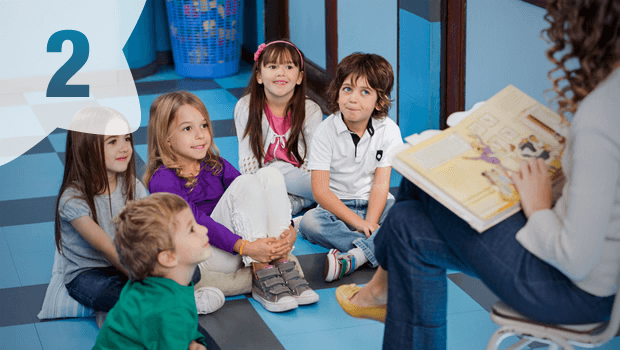Learning technology today, particularly enterprise-wide online content management systems coupled with the internet provide huge amounts of information. While this is useful for learning, it lacks good narrative. Learners find it difficult to navigate disjoint information, and this affects learning outcomes. Typical elearning courseware is focused around individual topics, while often the challenge the enterprise faces requires knowledge from a variety of domains and functions to be learned and leveraged. Just like McKee’s principles that I mentioned in my last post, we need models or tools that can assist a process-driven creation of narratives for engaging learning.
One such framework was proposed by Sharda called Movement Oriented Design. The framework provides means to create contextualized stories. These stories work in a given context, one of which could be eLearning. MOD considers every temporal presentation a story. MOD also identifies three components that must be part of every story – a beginning, the middle and an end. The critical element of the MOD methodology is a ‘movement’, defined as a micro-story that has the three identifiable components.
A good beginning should involve the learner; get them primed to want to know more. The middle actually contains the content that needs to be delivered, and the end should conclude the micro-story. If you were creating a series of narratives, the end would link up to the next story. If you build a story that misses an element, it’s likely to be ineffective as a ‘story’. Contrast this with typical eLearning content – a load of possibly useful information without an effective narrative – it’s no wonder a learner’s interest diminishes as they go through the content. MOD considers linking of ‘movements’ as key to creating engaging stories. Each movement links to the next – by posing relevant questions, providing leaders, or elements that provide context to next narrative unit. Stories can be created using multimedia elements such as text, audio, animation, and video. Engagement could further be enhanced by using interaction within the narrative structure.
MOD attempts to provide a process to develop an elearning story starting with just a topic. MOD states that such a story could consist of two parts: knowledge and narrative. The knowledge is the content that must be delivered to the learners, what they must ‘learn’ and the narrative is the shell required to make the delivery engaging. There are times when stories need to include knowledge from two or more domains. In such cases MOD suggests creating separate narratives for each domain and make these intersect at various points in the complete story.
Structural anthropologist Claude Lévi-Strauss (1995), opined that our memories are stored as narratives. So in essence, systems should not only provide e-learning content for viewing, but also let learners create narratives of their own. These could then be shared with other learners using Web 2.0 technologies. Today a substantial number of learners have the tools required to weave a digital narrative on hand in the form of a mobile phone, and also the ability to share it with peers using the very same phone. There is great learning potential in this type of activity and interaction.
The storytelling principles articulated by McKee show how to create a good narrative using inciting incident, progressive complications and resolution while MOD provides a framework to create story narratives starting with just a topic or idea. Such frameworks coupled with systems that deliver intertwined learning narratives and include abilities to create new narratives are necessary to encourage learners to be creative and innovative.



















